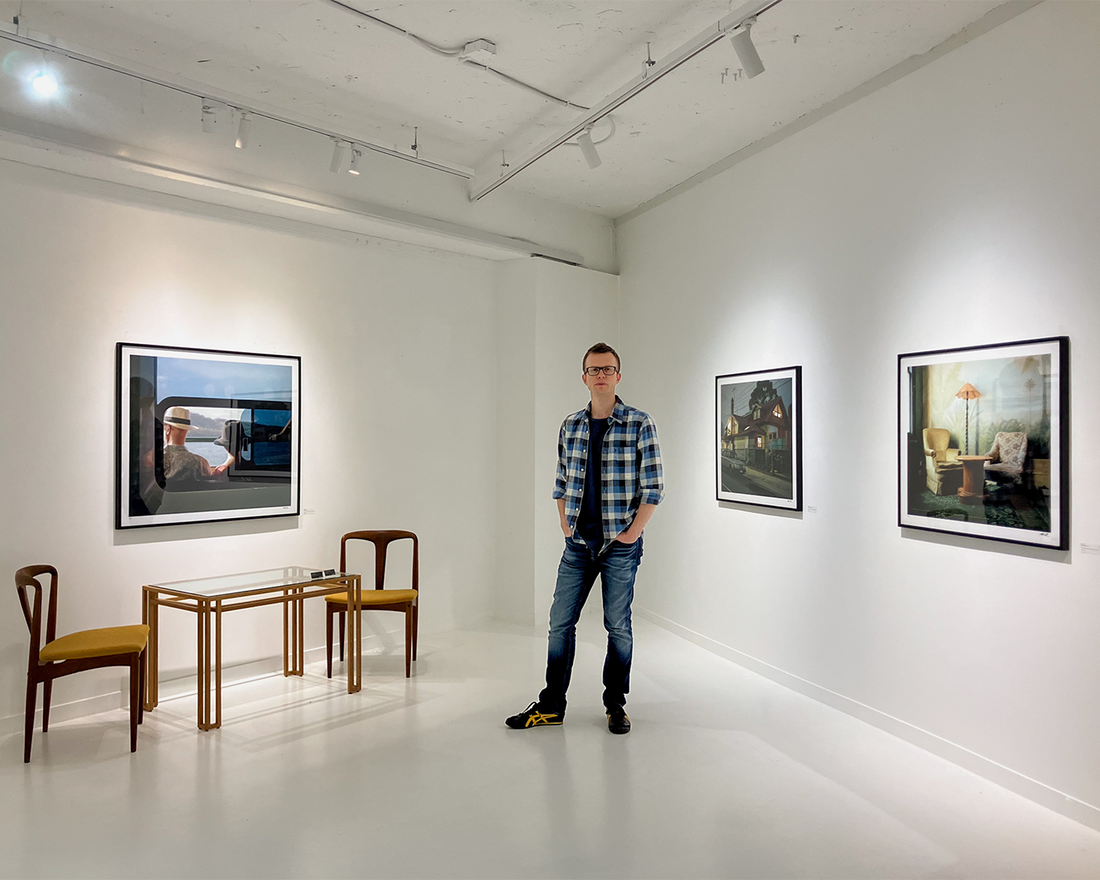MARK FORBES
Read the Gallery Talk
Read the Gallery Talk
What inspired you to pursue photography, and how has your style evolved over time?
I use photography as a way of communicating with people. I’ve always been quite introverted, more comfortable blending into the background and observing as a “fly on the wall” in social situations. Having the ability to connect with people and find common understanding through photography has been incredibly rewarding.
I also enjoy showing people a different perspective on a scene, encouraging them to notice things they might otherwise walk past or miss. Photography is immersive and deeply relaxing for me, requiring full engagement, which I find immensely satisfying. Over time, I’ve learned that the more you put into it, the more you get out of it. It’s more than a practice — it feels like an inherent drive to continue exploring, documenting, and photographing the world around me.
My style has evolved to become more carefully considered in terms of composition, while still retaining a sense of playfulness and mystique.
Can you walk us through your creative process? How do you approach a new project or concept?
In terms of my general approach, I see myself as an image collector. Most of my photographs occur organically, often by happenstance, usually while heading somewhere else. People often say my images evoke a sense of déjà vu or longing, even when they’ve never visited the places depicted. There’s something familiar and intangible that resonates.
I feel I’m not only creating memories for myself, but possibly for others as well. Fundamentally, I want viewers to form an emotional connection with the work — to return to it, revisit it, and reimagine it over time.
The scenes I document are often ordinary and mundane. What matters to me is the approach: the human presence despite the absence of people, the personality of objects, tangible details, and the act of documenting spaces that tend to disappear over time.
What process do you go through for a scene to be captured and become a finished image? What is the most important thing to you in that process?
There are several key qualities that need to align to translate a physical space into a photograph. Beyond subject matter, I consider both what is included in the frame and what is left out. I want viewers to wonder what happened before or after the moment captured, or what exists just beyond the edges of the image. This ambiguity allows for personal interpretation.
Light plays a major role in shaping mood. I tend to prefer overcast, subdued, or nighttime light. A scene can feel entirely different depending on these conditions.
Working with film is also essential to my process. It slows everything down and keeps me grounded, adding to the enjoyment and sense of presence. I use several analog cameras, but most often a 1965 Rolleiflex and a Mamiya 7, both medium format. I primarily work with color film and aim to get things right in camera, with minimal editing.
What role does location and environment play in your photography? Do you prefer studio work, or do you find more inspiration shooting on location?
I strongly prefer shooting on location. The challenges and unknowns unlock creativity — whether that means traveling long distances, interacting with strangers, navigating language barriers, or gaining access to difficult places. These obstacles become part of the process.
Many of my images carry stories shaped by serendipity, and that unpredictability is something I value deeply.
Which photographers or artists (from any discipline) have influenced your work the most?
I’m influenced by photographers such as Todd Hido, Gregory Crewdson, William Eggleston, Stephen Shore, Lynne Cohen, Joel Sternfeld, and Trent Parke. Music is also a major influence — especially from the 1980s and 1990s — and I often work with sound in the background. I also draw inspiration from painting and cinema.




